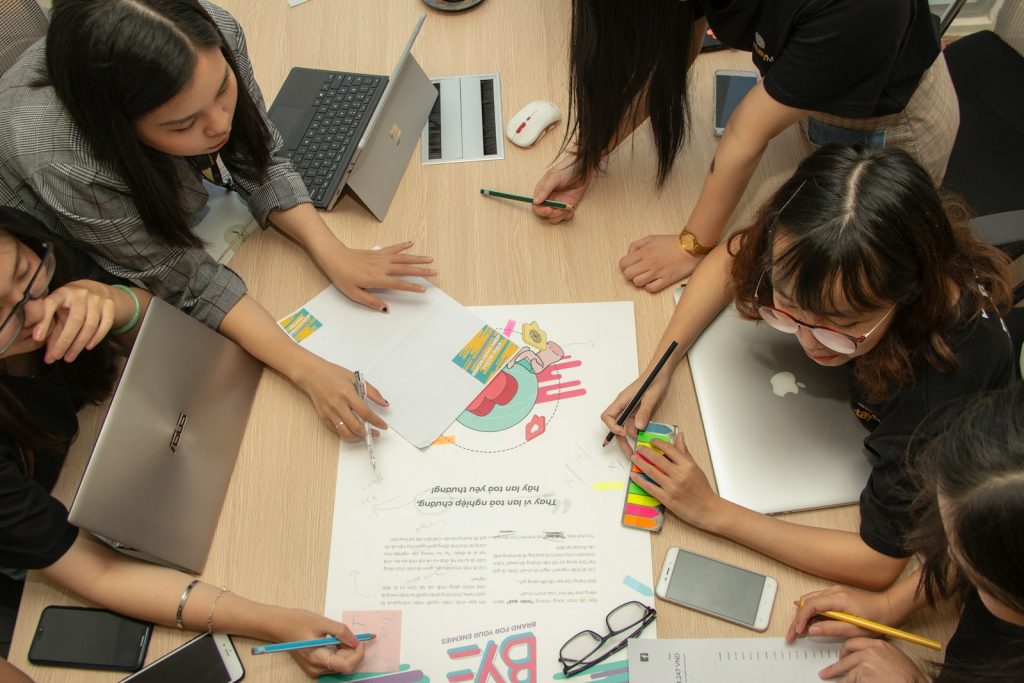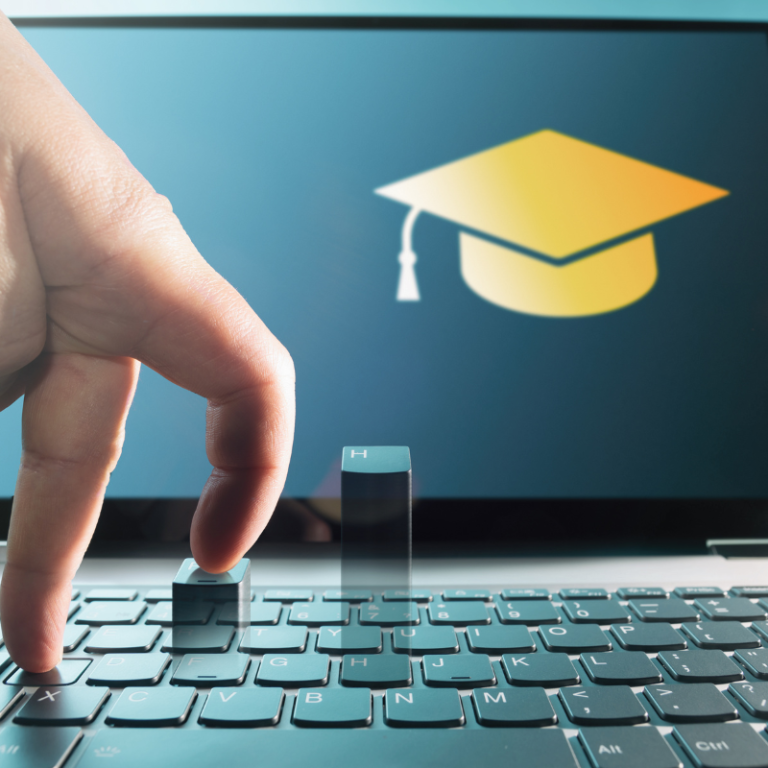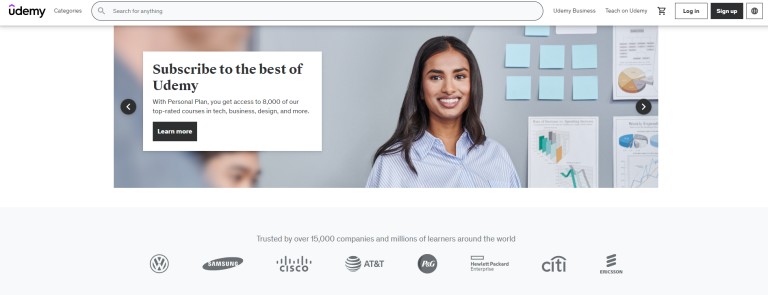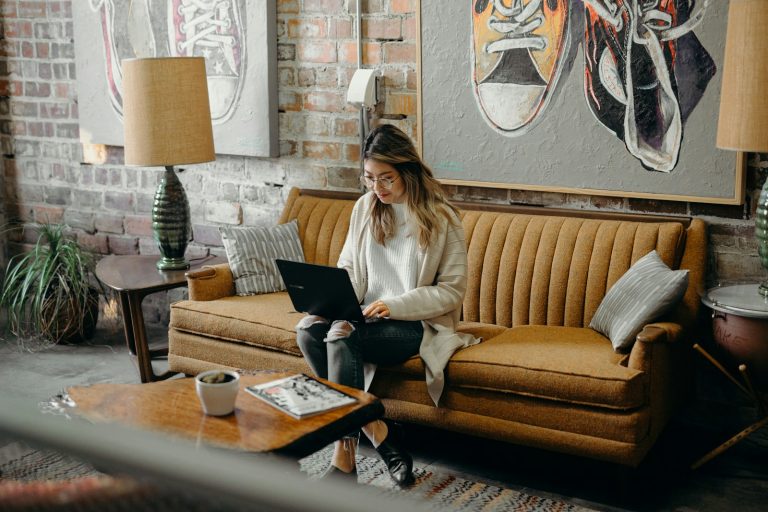Blended Teaching and Learning Explained

Are you interested in mixing traditional classroom teaching with online lessons to improve how you teach and how students learn? This method, blended or hybrid learning, uses both to enhance education.
- What makes up blended learning
- Its advantages for students and teachers
- Steps to start using blended learning in your class
- Possible challenges and important points to consider
- What might happen with blended learning in the future
This will help you understand how to use blended learning to change and improve your teaching methods.
What is Blended Learning
Blended learning brings together the best of classroom and online education. It combines direct teaching with digital tools to create a varied and tailored learning experience. Here are the three main parts of blended learning:
Classroom Teaching
- Happens in a regular classroom
- Includes lessons, talks, and activities led by the teacher
- Allows students to work together and interact socially
- Teachers can give immediate help and feedback
Classroom teaching is vital in blended learning because it lets students interact directly with teachers and classmates. It works well for introducing new ideas, leading group discussions, and hands-on activities.
Online Learning
- Can be done at any time (asynchronous) or live (synchronous)
- Uses platforms like learning management systems (LMS)
- Lets students learn when it suits them
- Gives access to many digital tools and resources
Online learning is a key part of blended learning, giving students flexibility to study outside the classroom. It allows them to work at their own pace or join live sessions for real-time learning and collaboration.
Using Technology
- Uses digital tools and devices to help learning
- Includes apps, online quizzes, and interactive activities
- Offers personalized and adaptable learning options
- Needs computers, tablets, or smartphones
Technology is essential for blended learning. It supports the creation and delivery of digital content, helps track student progress, and offers personalized support. With the right tools, teachers can integrate classroom and online learning smoothly.
Benefits of Blended Learning
Blended learning brings many advantages for both students and teachers by mixing in-person and online education. This approach can make students more engaged, perform better, and be more satisfied with their learning. Here are some of the main benefits:
Flexibility and Convenience
- Students can learn at their own speed and when it fits their schedule.
- It suits different ways of learning and preferences.
- Students can access lessons and resources anytime.
- It helps students manage their learning alongside other duties.
Better Engagement and Interactivity
- Uses different media like videos, animations, and simulations.
- Includes interactive elements such as online quizzes and group projects.
- Encourages active participation.
- Allows for immediate feedback and help.
Personalized Learning
- Adapts learning to each student’s needs using technology.
- Gives feedback and support based on how students are doing.
- Offers varied teaching methods and lets students learn at their own pace.
- Lets teachers track student progress and adjust lessons as needed.
Cost-Effectiveness and Ability to Scale
- Lessens the need for physical classroom space.
- Makes it possible to use and reuse digital learning materials.
- Helps teachers reach more students.
- Reduces costs for students, like travel and books.
Implementing Blended Learning
To start using blended learning in your classroom, you need to plan carefully. Here are some steps to consider:
Instructional Design
- Make sure online and offline activities work well together.
- Find the right mix of in-person and online teaching.
- Create engaging digital content that helps achieve learning goals.
- Set clear rules and expectations for students.
Choosing Tools and Platforms
- Pick a learning management system (LMS) that fits your needs and budget.
- Choose educational software and apps that match your lessons.
- Make sure all digital tools are easy for all students to use.
- Train students and teachers on how to use these tools.
Teacher Training and Support
- Provide training for teachers on blended learning.
- Offer help and resources for creating and sharing digital content.
- Promote sharing of ideas and best practices among teachers.
- Support teachers continuously as they use blended learning.
Preparing Students
- Check if students know how to use digital tools and help them if needed.
- Explain how online learning works and what is expected.
- Teach students how to use the LMS and other tools.
- Help students who might have trouble with technology.
Challenges and Considerations
While blended learning has many benefits, there are also challenges to keep in mind:
Technology Access and Equity
- Make sure all students have the necessary technology and internet.
- Address any unfairness in access to technology and skills.
- Offer help to students who don’t have technology at home.
Student Motivation
- Keep students motivated with interactive and personalized learning.
- Help students who find it hard to learn on their own.
- Teach students how to manage their time and stay organized.
Social Interaction
- Keep a community feeling through both online and offline activities.
- Encourage students to work together and communicate.
- Create chances for students to meet and build relationships in person.
Assessing Learning
- Develop good ways to assess learning in a blended setting.
- Make sure assessments reflect the learning goals and include both online and offline work.
- Give students timely and helpful feedback.
- Use data to track progress and guide teaching.
Future of Blended Learning
As technology improves, blended learning will also grow and change. Here are some future trends:
Artificial Intelligence and Learning Adaptation
- Tailor learning to each student’s needs and likes.
- Offer real-time feedback based on how students are doing.
- Use analytics to spot students who might need extra help.
Immersive Technologies
- Use virtual reality for hands-on learning experiences.
- Employ 3D printing for practical projects.
- Increase engagement with game-based learning.
Collaborative and Social Learning
- Build online communities for students to interact and learn together.
- Promote learning from peers and through mentorship.
- Encourage worldwide collaboration through online platforms.
Blended learning is set to reshape education, making it more engaging, effective, and fair. Keeping up with new trends and best practices will help educators make the most of blended learning for their students.






